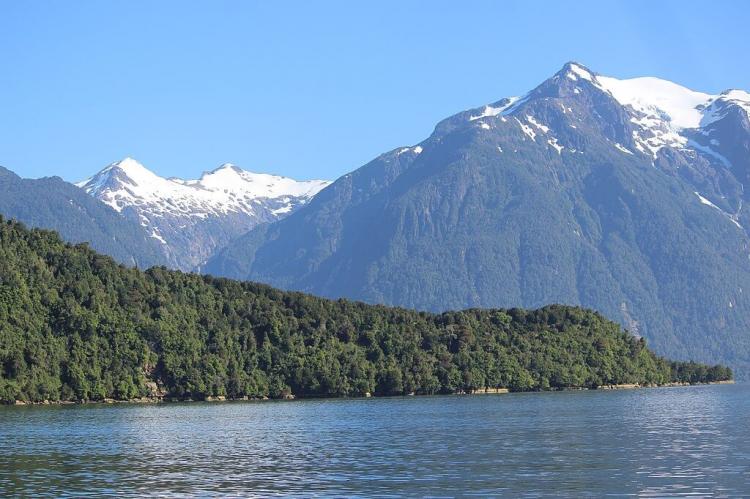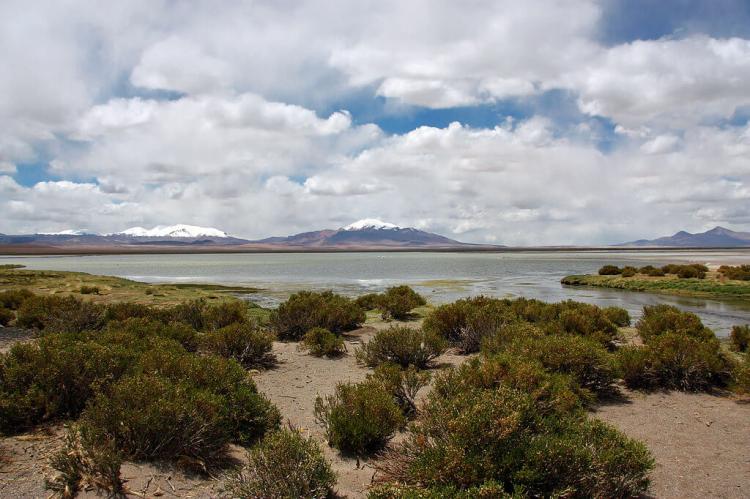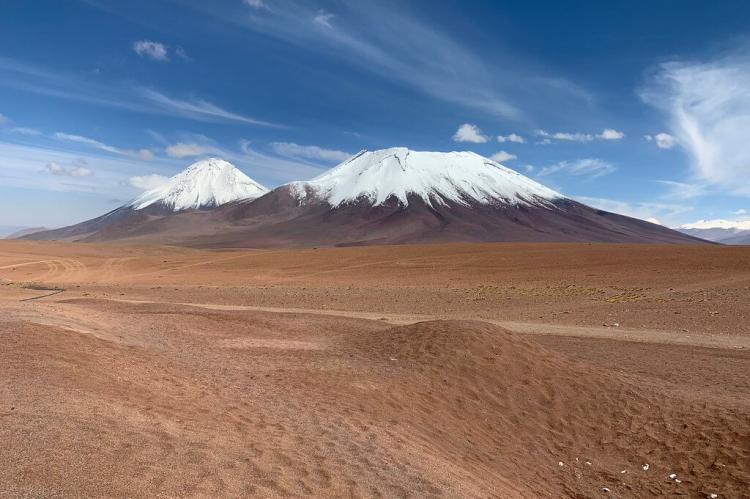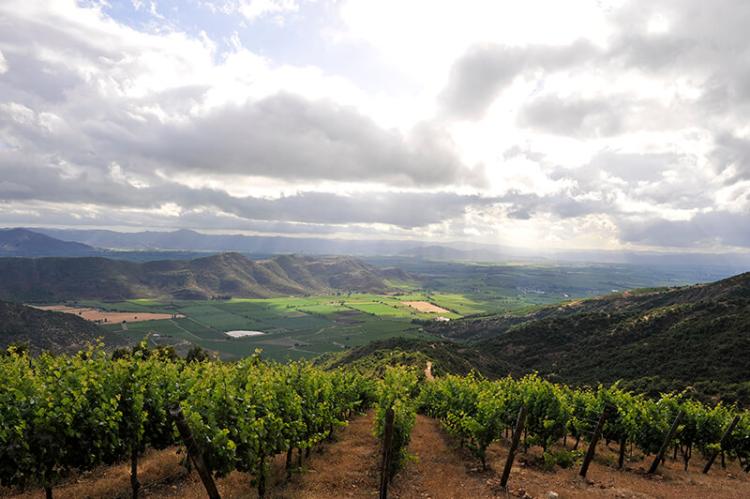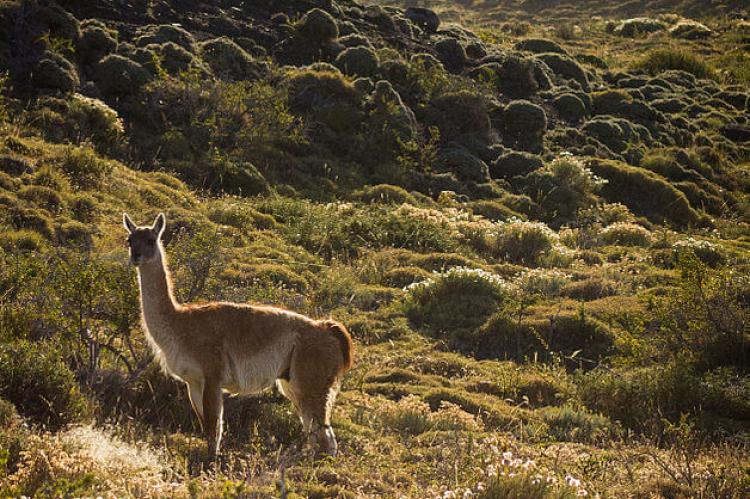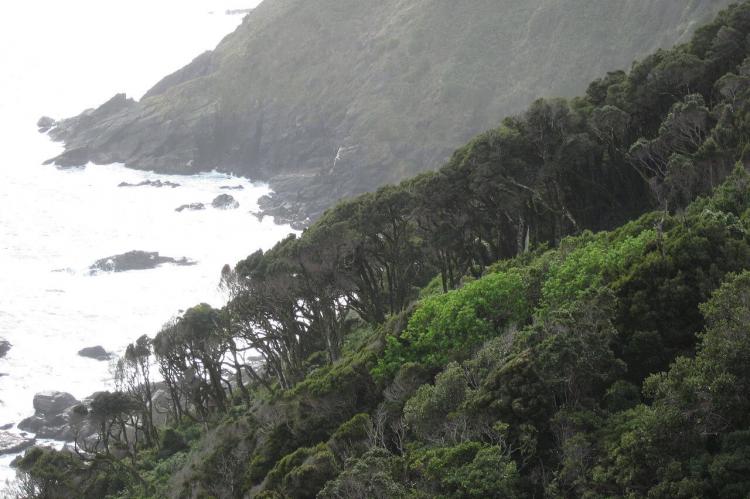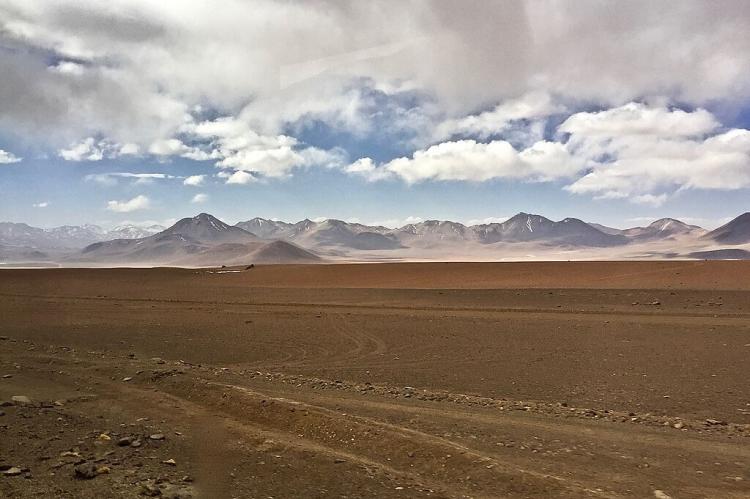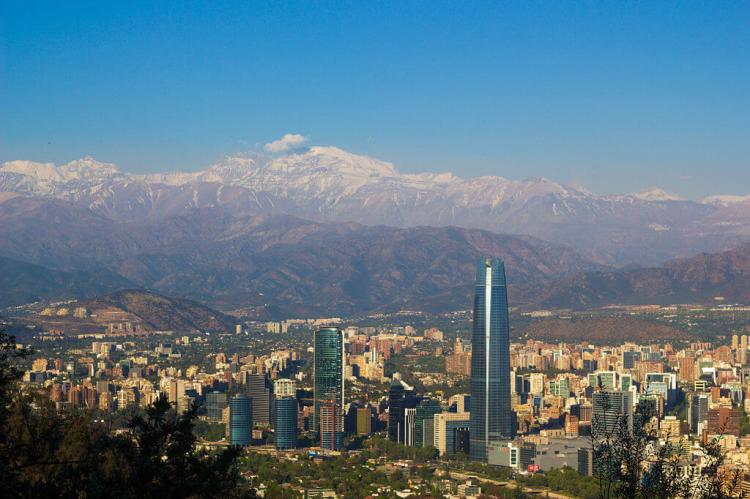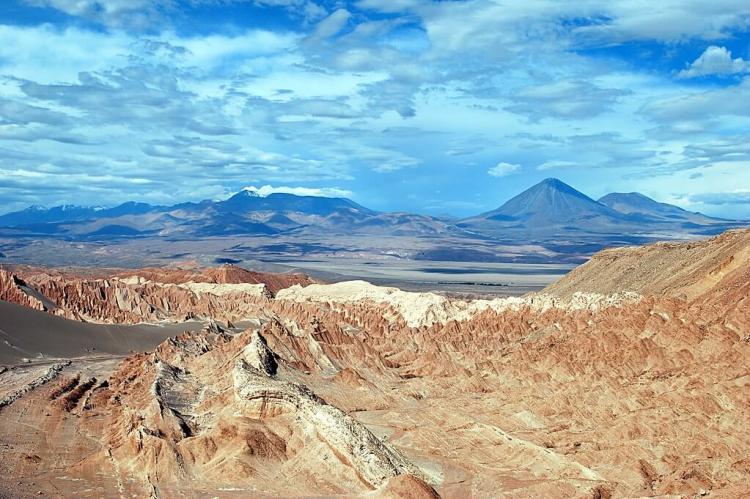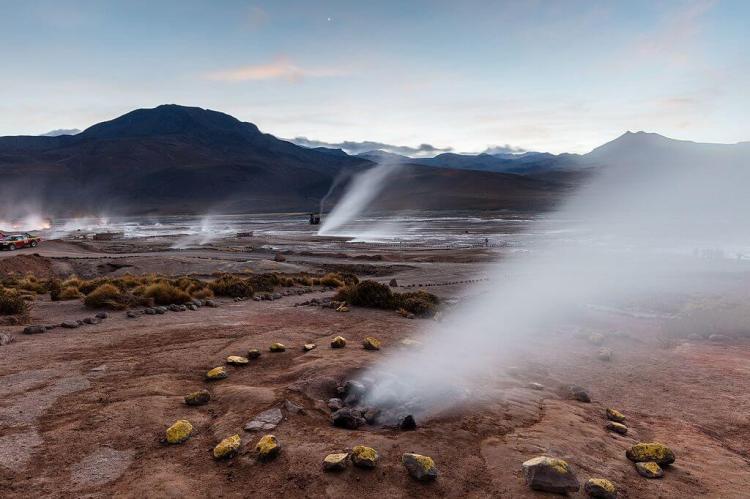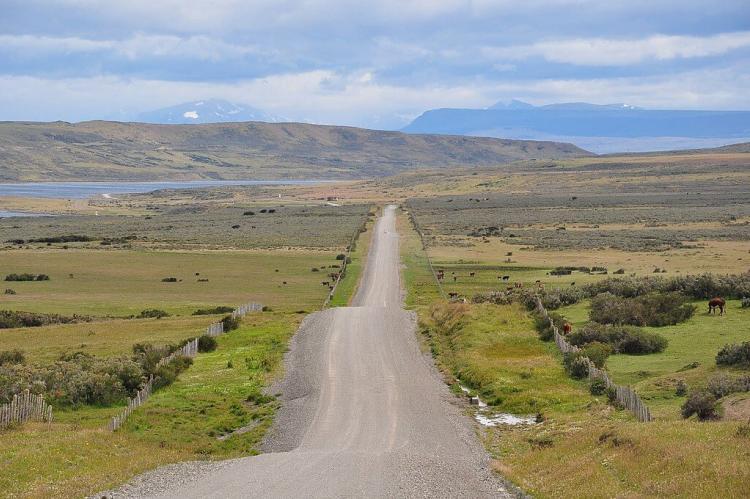Chile: Natural Landscape
Spanning about 2,700 miles north to south, Chile’s natural landscape includes deserts, grasslands, shrublands, and temperate and tropical forests. Geographers generally divide Chile into five regions or zones, each with its characteristic vegetation, fauna, climate, and topography.
The Natural Landscape of Chile
Situated along the western coast of South America, Chile shares borders with Peru and Bolivia to the north and Argentina to the east. At the same time, the vast expanse of the Pacific Ocean graces its western shores.
Chile's geographical expanse is remarkable, stretching approximately 4,300 kilometers (2,700 miles) from the northern border with Peru and Bolivia to only about 645 kilometers (400 miles) north of Antarctica. This unique configuration renders Chile the world's longest north-south trending country, spanning an impressive 38 degrees of latitude.
Chile's natural landscape is a testament to its diverse ecosystems within this elongated territory. From deserts and grasslands to shrublands and temperate/tropical forests, the country's ecoregions exhibit a distinctly unique richness to South America.
Pacific Island Territories
Venturing far into the Pacific, Chile claims two island possessions: the Juan Fernández Islands and the famed Polynesian enclave of Rapa Nui, colloquially known as Easter Island. As the most isolated inhabited spot on Earth, Rapa Nui holds a distinct place in Chile's Pacific portfolio, showcasing the country's reach across vast expanses of ocean. Including these Pacific island territories adds another layer to Chile's geographic tapestry, diversifying its influence beyond the mainland.
Biodiversity
Chile stands out as a nation endowed with remarkable biodiversity, a testament to its extensive range of ecosystems stretching along the elongated western edge of South America. The country's distinctive geography is pivotal in nurturing and preserving its diverse natural heritage.
As per the Global Biodiversity Index, Chile holds the 66th position worldwide in terms of biodiversity. This ranking reflects 434 bird species, 58 amphibian species, 775 fish species, 151 mammal species, 143 reptile species, and an impressive 5,155 species of vascular plants within its borders.
Conservation
Chile's geographic diversity, spanning from the arid expanse of the Atacama Desert to the towering peaks of the Andes Mountains, lush temperate rainforests, and an extensive coastline, fosters a mosaic of rich natural ecosystems.
Conservation in Chile is a paramount undertaking aimed at safeguarding the country's distinctive landscapes, biodiversity, and cultural heritage. Implemented through government policies, non-governmental organizations (NGOs), and international collaborations, these initiatives address a spectrum of environmental, ecological, and cultural challenges.
Challenges to conservation in Chile encompass habitat fragmentation, the impact of mining activities, the scourge of illegal wildlife trade, and conflicts arising from competing land and resource uses. Striking a delicate balance between conservation imperatives and the demands of economic development remains an ongoing challenge, requiring innovative solutions and sustained efforts.
Climate
Because of its extreme length, Chile has a variety of climates. Temperatures are progressively cooler, and rainfall increases, moving from the Atacama Desert in the far north to the agricultural regions of Central Chile and Tierra del Fuego in the deep south.
The country can be divided into three main climate zones:
-
North: The north of Chile is dominated by the Atacama Desert, one of the driest places on Earth. Temperatures can reach up to 40 °C (104 °F) in the summer and frigid at night.
-
Central: The central region of Chile has a Mediterranean climate, with warm, dry summers and cool, wet winters. Average temperatures range from 15 - 25 °C (59 - 77 °F) in the summer and 5 - 15 °C (41 - 59 °F) in the winter.
-
South: The south of Chile has a temperate oceanic climate, with cool, wet summers and mild, wet winters. Average temperatures range from 10 - 15 °C (50 - 59 °F ) in the summer and 5 - 10 °C (41 - 50 °F) in the winter.
Rain Shadow Effect
In northern Chile, prevailing winds from the east are interrupted by the Andes Mountains. The height of the Andes causes any moisture from rain clouds to fall on the eastern slopes, causing extreme desert conditions in the Atacama region. Central Chile receives a more significant amount of rainfall because the prevailing winds at that latitude come from the west. The Andes are not as high in elevation in the south, which allows some precipitation to fall on the rain shadow side.
Humboldt Current
The Pacific Ocean also influences Chile's climate. The cold Humboldt Current flows along Chile's coast, which helps keep temperatures cooler than they would otherwise be. The Humboldt Current also brings moisture to the country, contributing to the rainfall in the central and southern regions.
Volcanism
Chile is one of the most volcanically active countries in the world, with over 90 active volcanoes. The country's volcanic activity is due to its location on the Nazca Plate, subducting beneath the South American Plate. The subduction process creates magma, which can rise to the surface and erupt.
Chile's volcanoes are along the Andes Mountains and the country's western edge. The Chilean Andes are home to some of the world's tallest and most active volcanoes. The volcanoes pose a significant hazard to the country's population and infrastructure. Volcanic eruptions can produce ashfalls, lava, pyroclastic, and lahars (mudflows). These hazards can damage property, destroy crops, and disrupt transportation and communication networks.
The Chilean government has some measures to mitigate the risks posed by volcanoes. The government has established a network of volcano monitoring stations and developed emergency response plans for communities near volcanoes. The government also works to educate the public about the risks posed by volcanoes and how to stay safe in the event of an eruption.
The country's volcanism is also a source of geothermal energy. The government is working to develop geothermal energy resources as a way to reduce the country's reliance on fossil fuels.
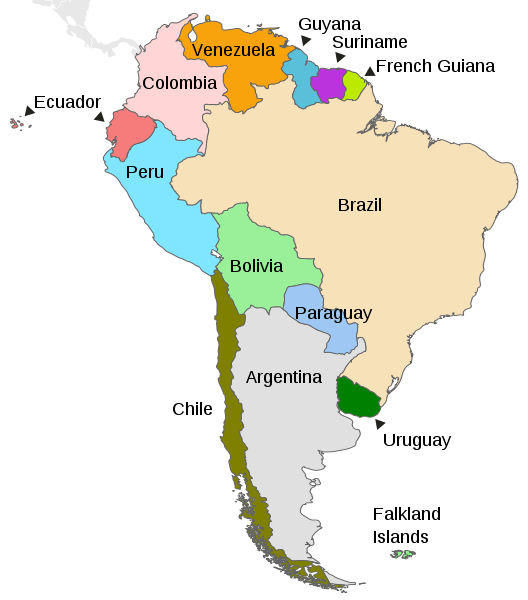
Map depicting the countries on the continent of South America
Natural Geography of Chile
Major Landforms
The major landforms of Chile are manifested as three parallel north-south features:
-
The Chilean Andes to the east
-
The intermediate depression, or longitudinal valley, in the center
-
The Chilean Coastal Range to the west
Most of Chile's rivers originate in the Andes and flow westward to the Pacific Ocean, draining the intermediate depression and the coastal ranges.
Geographic Regions
Chile is divided from north to south into five regions or zones, plus an insular region, each having its characteristic vegetation, fauna, climate, and topography.
Far North (Norte Grande)
Most of the Far North region is covered by the Atacama Desert. The climate here is arid. The Coastal Range in the east features peaks over 2,000 m (6,500 ft). and cliffs are found along the Pacific coast. Large salt flats and mineral deposits exist in the intermediate depression, while the Andes in the east feature Chile's highest mountains. The region also hosts the Altiplano and Puna high plateaus.
Near North (Norte Chico)
The Near North region is characterized by the transition from the Atacama Desert in the north to Mediterranean Matorral vegetation in the south. The climate is semi-arid. Here, the Coastal Range and the Andes merge. Agriculture is limited; however, important gold, copper, and iron deposits are located here.
Central (Zona Central)
The Central zone features a Mediterranean climate and Matorral vegetation. The Andes here are massive and high. The Coastal Range and the Andes lose height as they separate from each other to the south. As a result, the summer runoff of large rivers is heavily dependent on glaciers and snowmelt. The Intermediate Depression of central Chile extends from Santiago to the south. It is a fertile region and is considered the agricultural heartland of Chile.
South (Zona Sur)
The Southern Zone features a rainy, temperate climate and Valdivian temperate rainforest vegetation. The Coastal Range and the Andes are low, with an intermediate depression near sea level. The rivers that descend from the Andes rush over volcanic rocks, forming numerous white-water sections and waterfalls. This region features many glacial lakes and intensive volcanic and geothermal activity.
Far South (Zona Austral)
The Far South region covers all of Chilean Patagonia and the Chiloé Archipelago. It features a subpolar oceanic climate, and the vegetation includes Magellanic forest and Magellanic moorland in the west, with Patagonian grasslands in the east. The landscape is glacial, and the Coastal Range consists of islands. Fjords penetrate the Andes, where there are also two ice sheets, the Northern Patagonian Ice Field and the Southern Patagonian Ice Field, along with several glacial lakes.
Insular Chile (Chilean Islands)
Chile also includes several islands off its coast. The most significant are the Juan Fernández Islands, located in the Pacific Ocean, and the remote Easter Island (Rapa Nui), famous for its Moai statues. These islands have distinct ecosystems and cultural traditions.
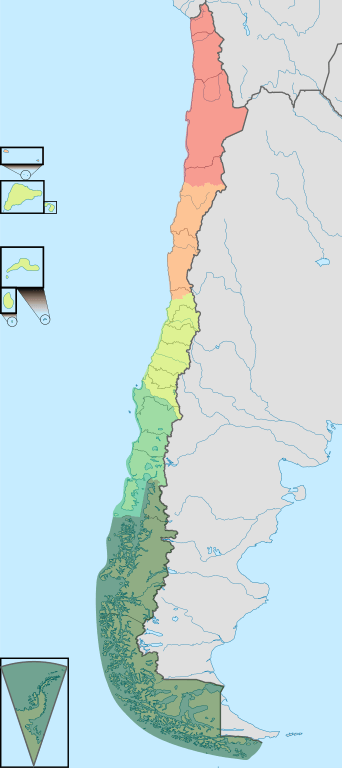
Map depicting the geographic regions of Chile
Mountain Ranges
Chile is known for its diverse mountainous landscapes, and the Andes Mountains are a prominent feature of its geography. The mountain ranges of Chile offer a wide range of ecosystems, geological formations, and cultural significance. They contribute to the country's stunning landscapes, unique ecology, and cultural heritage.
See more: Mountain Ranges of Chile
Islands and Archipelagos
Due to its extended coastline, Chile has sovereignty over thousands of islands, most in the country's south. Some of the largest islands and archipelagos include:
-
Easter Island: in the southeastern Pacific Ocean, at the southeasternmost point of the Polynesian Triangle, approximately 3,500 km (2,200 mi) west of the Chilean mainland
-
Juan Fernández Archipelago: a group of islands situated 670 km (416 mi) off the Pacific coast of Chile in the Valparaíso Region
-
Tierra del Fuego Archipelago: lies off the southernmost tip of the South American mainland, across the Strait of Magellan in the Magallanes Region.
-
Chiloé Archipelago: a group of islands lying off the coast of Chile in the Los Lagos Region
-
Diego Ramírez Islands: a small group of subantarctic islands located about 105 km (65 mi) west-southwest of Cape Horn in the southernmost extreme of Chile
-
Magdalena Island: located between the Moraleda Channel and the Puyuhuapi Channel in the Aysén Region
See more: Islands and Archipelagos of Chile
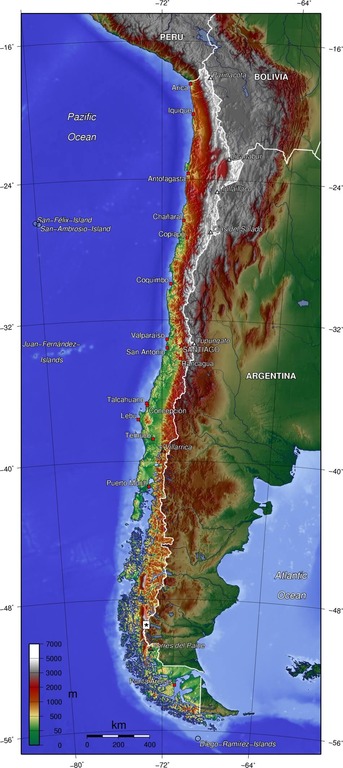
Topographical map of Chile
Bodies of Water
Chile has diverse water bodies, ranging from expansive rivers and lakes to stunning gulfs, bays, and fjords. The country's extensive coastline stretches along the Pacific Ocean, offering dramatic cliffs, beautiful beaches, and vibrant marine life.
The major rivers in Chile, such as the Loa, Biobío, and Maipo, flow through various regions, providing water resources and supporting ecosystems. Chile is also home to notable lakes like General Carrera, Llanquihue, and Panguipulli, which offer scenic beauty and recreational opportunities.
Chile boasts remarkable gulfs and bays along its coastline, including the Gulf of Penas and the Bay of Concepción. Chile's fjords, such as the Aysén Fjord and the Seno de Reloncaví, also showcase mesmerizing landscapes shaped by glaciers and the sea. Overall, Chile's water bodies contribute to the country's natural splendor and provide many resources and recreational possibilities for locals and visitors alike.
See more: Water Bodies of Chile
Administrative Divisions
Chile is divided into 16 administrative regions. These regions are subdivided into provinces, each administered by a governor appointed by the President of Chile. Provinces are further divided into communes, which are governed by municipal councils.
See more: Cultural Landscape of Chile
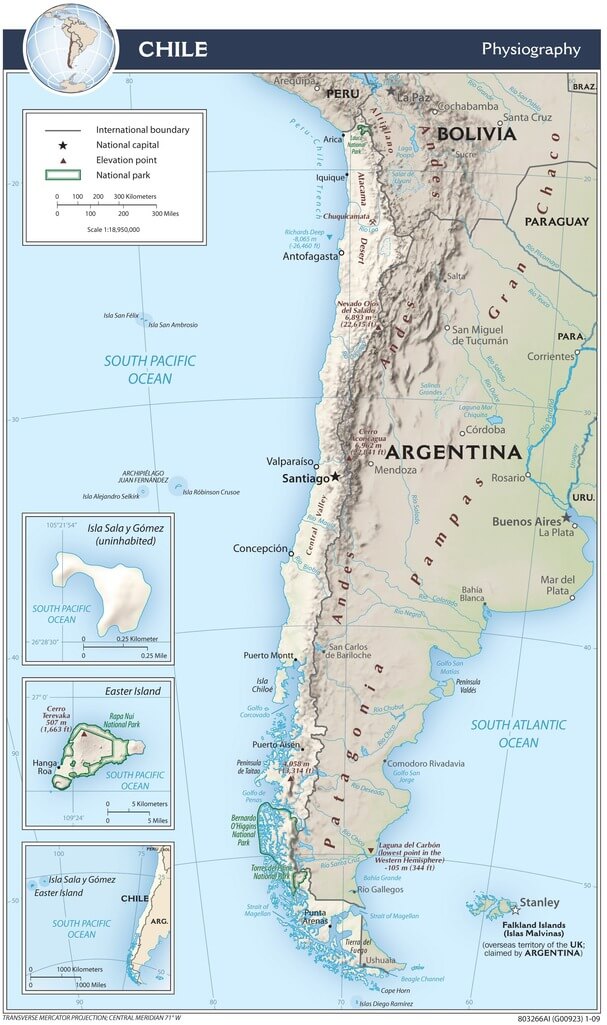
Chile physiographic map
Natural Regions / Biomes
Biomes are natural regions distinguished by geography, climate, and associated flora and fauna. The regions are classified according to their predominant vegetation.
Atacama Desert
The Atacama Desert ecoregion is located in northern Chile between Argentina on the west and the Pacific Ocean on the east. Running east from the Pacific Ocean to the Andes Mountains, an extremely arid, almost barren landscape predominates because, in many areas, rainfall has never been recorded.
Altiplano-Puna
The Altiplano is often called the Altiplano-Puna plateau, the high-altitude grassland region covering much of the plateau. It is the most extensive area of high plateau outside Tibet.
Central Andean Dry Puna
The Central Andean dry puna ecoregion is an arid, high-elevation montane grassland and herbaceous community of the high southern Andes, extending through western Bolivia, northern Chile, and Argentina. The Central Andean dry puna is a part of the Puna grassland, occupying the southwestern portion of the Altiplano, and is located east of the Atacama Desert.
Valdivian Temperate Forests (Selva Valdiviana)
The Valdivian temperate forests ecoregion is located in the southern cone of South America on Chile's west coast and extends slightly into Argentina. It covers a narrow continental strip between the western slope of the Andes and the Pacific Ocean. The Valdivian temperate forests (Selva Valdiviana) are temperate broadleaf and mixed forests.
Patagonian Forest
The Andean Patagonian Forest spreads over steep elevations along a thin strip on both sides of the Andes Mountains in southern South America. These temperate forests in southern Chile and Argentina are the southernmost forests on Earth.
Southern Andean Steppe
The Southern Andean steppe is a montane grasslands and shrublands ecoregion occurring along the border of Chile and Argentina in the high elevations of the southern Andes mountain range. This ecoregion has a cold desert climate.
Ecological Regions
The following is a list of terrestrial ecoregions in Chile, as defined by the World Wide Fund for Nature (WWF). Chile is in the Neotropical realm. Ecoregions are classified by biome type - the major global plant communities determined by rainfall and climate.
Tropical and subtropical moist broadleaf forests
-
Rapa Nui and Sala-y-Gomez subtropical broadleaf forests
Temperate broadleaf and mixed forests
-
Juan Fernández Islands temperate forests
-
San Felix-San Ambrosio Islands temperate forests
Temperate grasslands, savannas, and shrublands
Montane grasslands and shrublands
Mediterranean forests, woodlands, and scrub
Deserts and xeric shrublands
-
Sechura desert
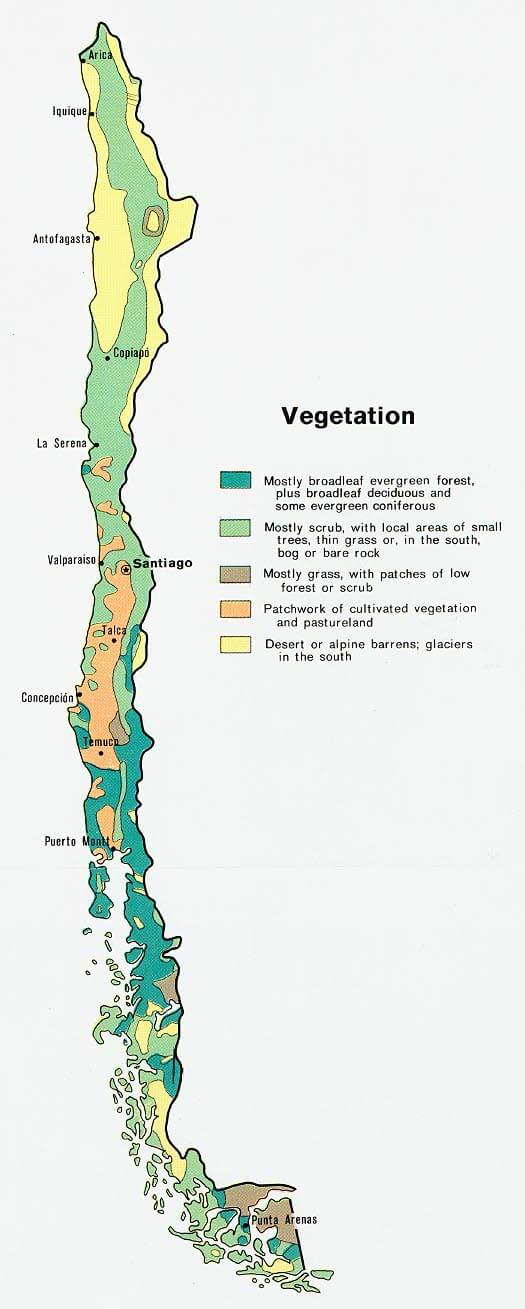
Vegetation map of Chile
